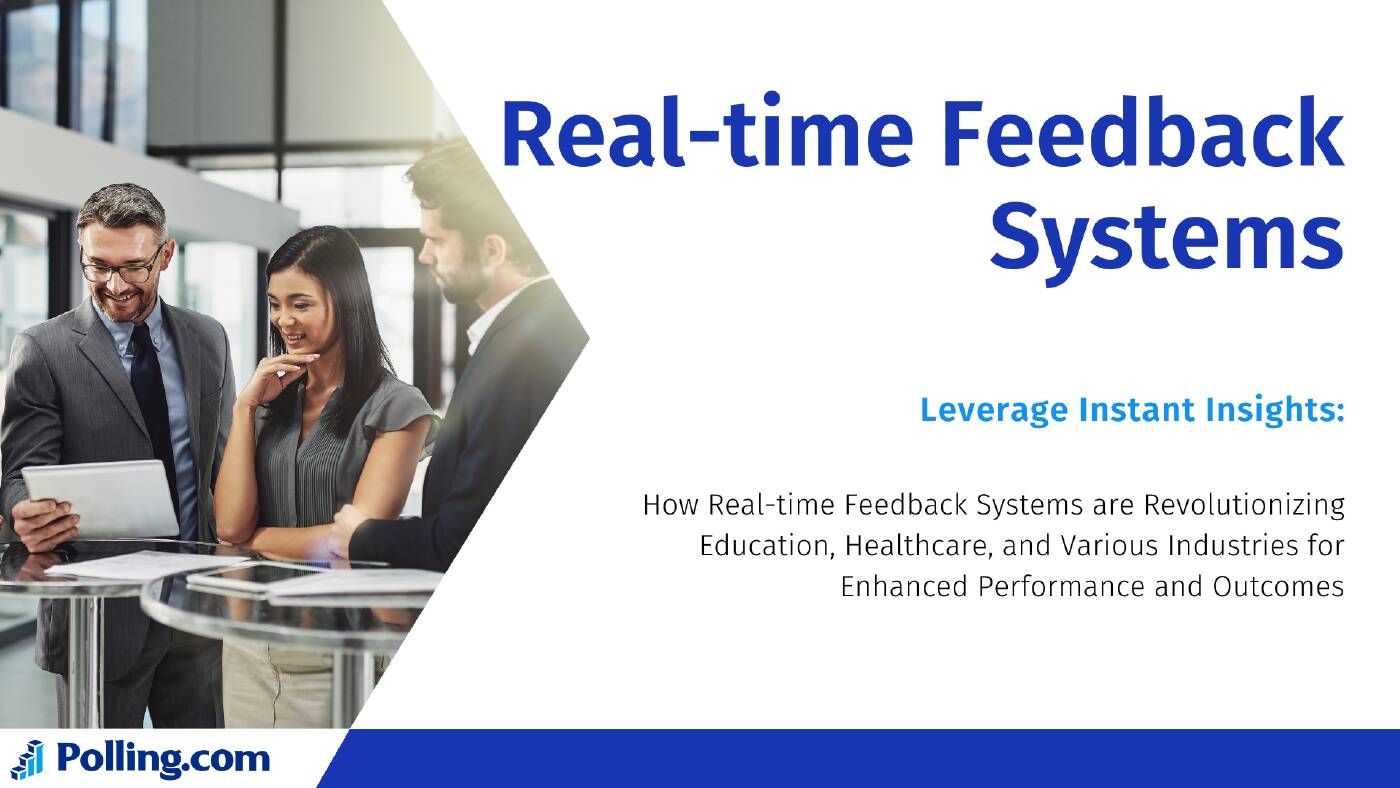
Real-time Feedback Systems: Transforming Education, Healthcare, and More
Today’s fast-paced world demands real-time feedback. It’s a game-changer in many industries. Real-time feedback systems give instant, useful insights. They help people and groups make informed choices fast. These systems are not limited to one sector.
They span education, healthcare, business, retail, manufacturing, and more. This article will explore the meaning, good points, uses, and tech of systems for real-time feedback. It will also cover the challenges and future trends. These systems have transformed many industries.
What are real-time feedback systems?
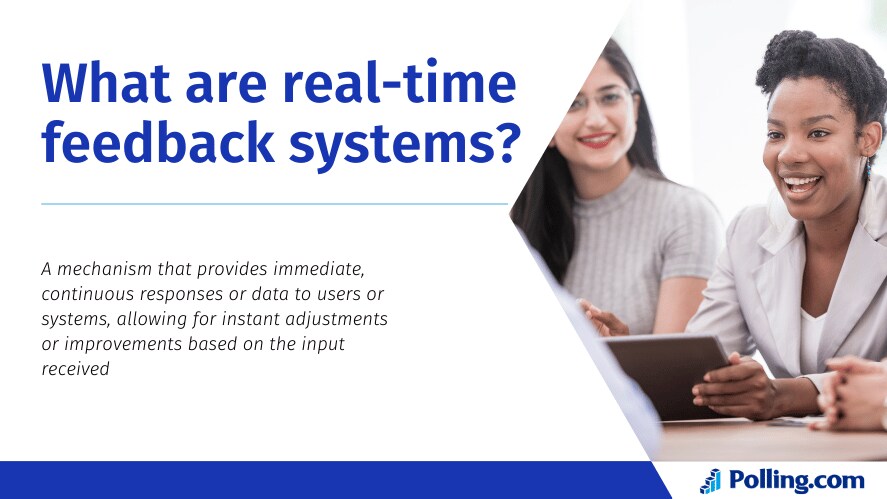
Feedback systems are technologies. They allow for instant information exchange between users and systems. These systems capture, process, and deliver real-time feedback. This allows it’s for timely interventions and adjustments.
Key Components and Technologies:
- Sensors and IoT devices: Capture real-time data from physical environments.
- Machine Learning and Artificial Intelligence: Analyze data to provide actionable insights.
- Data Analytics and Cloud Computing: Ensure we’ve got scalable data processing and storage.
Examples of Real-time Feedback Systems:
- Education: Learning management systems that provide instant grades and feedback.
- Healthcare: relies on patient monitoring systems. These systems alert doctors to critical changes in their health.
- Business: Customer feedback apps that collect and analyze customer opinions during shopping experiences.
Benefits of real-time feedback systems.

Real-time feedback systems offer many benefits.
Improved performance and efficiency:
- Immediate identification and correction of issues.
- Streamlined processes lead to higher productivity.
Enhanced Decision-Making Capabilities:
- Data-driven insights ease better strategic decisions.
- Real-time analytics enable proactive rather than reactive responses.
Increased customer and employee satisfaction.
- Immediate feedback leads to improved service quality and it’s customer experience.
- Employees receive prompt recognition and guidance, boosting morale and performance.
Case Studies and Statistics:
- Education: Schools use real-time feedback systems. They say that these systems have improved student performance and engagement.
- Healthcare: Hospitals that use these systems have seen shorter patient recovery times. They’ve also seen increased efficiency.
- Business: Retailers use real-time customer feedback. They’ve seen higher customer satisfaction and more sales.
Applications of Real-time Feedback Systems
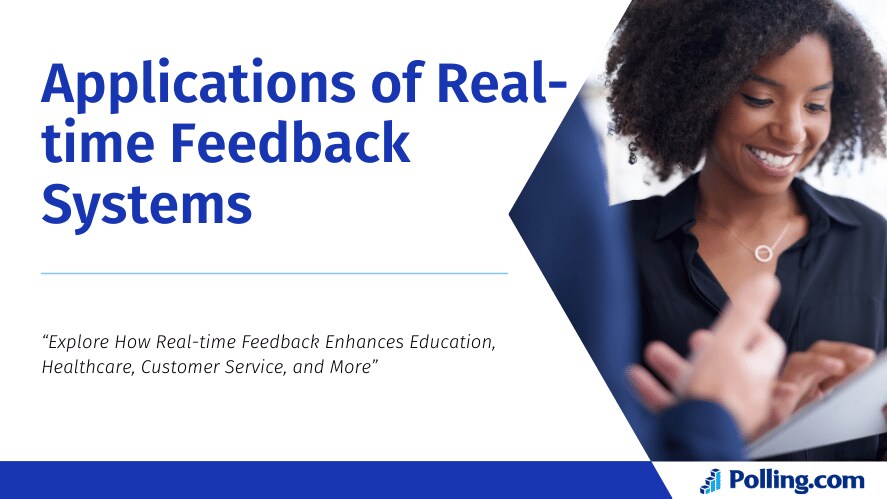
In Education
Enhancing Learning Outcomes:
- Real-time feedback helps students see their strengths and areas for improvement right away. It fosters a better learning environment.
Providing instant assessments and feedback to students:
- Tools like online quizzes and interactive platforms offer instant results. They let students see their understanding. They let teachers adjust their teaching.
In Healthcare
Monitoring patient vials and health conditions:
- Monitoring devices track patient vitals in real time. They send alerts to healthcare pros, so they can act promptly.
Immediate Feedback for Medical Professionals:
- Such systems provide instant feedback on medical procedures and patient responses. They improve the accuracy and quality of care.
In Business and Retail
Customer Feedback During Shopping Experiences:
- In-store feedback kiosks and mobile apps collect customer opinions in real-time. They let businesses address concerns right away.
Real-time analytics for business decisions:
- We can analyze data from customer interactions and sales instantly. We use it to inform marketing and inventory.
In Manufacturing and Industry
Monitoring production lines:
- Real-time feedback systems track production metrics, identifying bottlenecks and inefficiencies it’s immediately.
Predictive Maintenance and Quality Control:
- Sensors and analytics predict equipment failures and quality issues. They do so before they occur. This cuts downtime and keeps high standards.
Technologies behind real-time feedback systems.
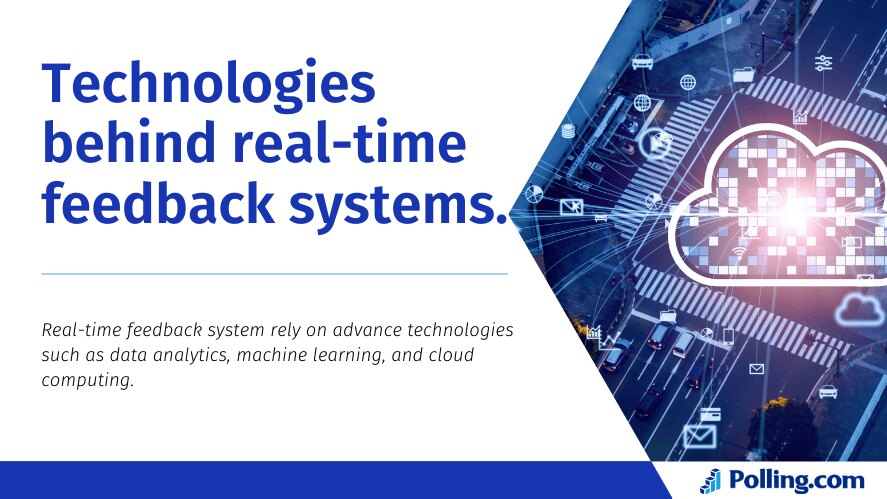
Sensors and IoT devices:
- Devices collect data from the physical world. They send it to processing systems in real-time.
Machine Learning and Artificial Intelligence:
- Algorithms that analyze data patterns and provide predictive insights.
Data Analytics and Cloud Computing:
- Platforms that process vast amounts of data quickly and store it for future analysis.
Examples of Technology Providers and Platforms:
- Education: Edmodo, Google Classroom.
- Healthcare: Philips IntelliVue, GE Healthcare.
- Business: Salesforce, Medallia.
- Manufacturing: Siemens MindSphere, PTC ThingWorx.
Challenges and limitations.
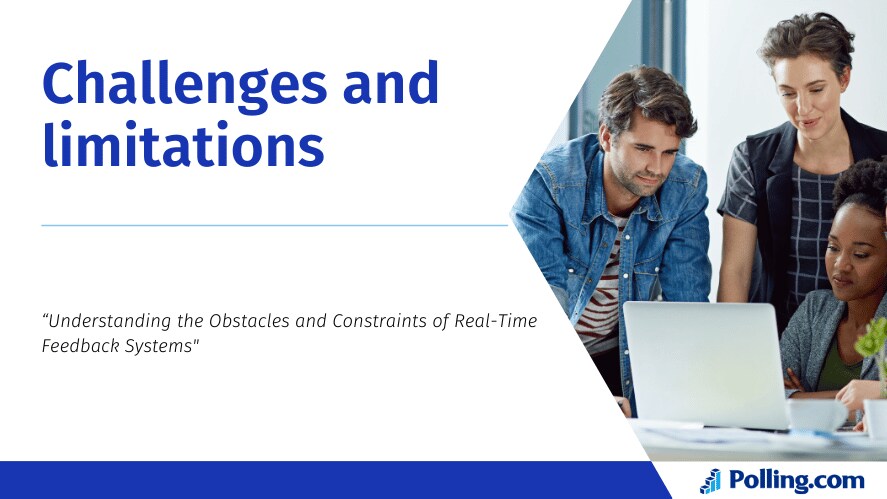
Data Privacy and Security Concerns:
- Collecting and sending real-time data has big privacy risks. This needs strong security measures.
Technical and Infrastructure Requirements:
- Implementing it requires big investments in tech and infrastructure. This can be a barrier for some groups.
High implementation and maintenance costs.
- The initial setup and ongoing maintenance of real-time feedback systems can be costly.
Potential for information overload and user fatigue:
- The data flows continuously. It can overwhelm users and make them tired. This reduces the feedback’s effectiveness.
Future Trends and Developments
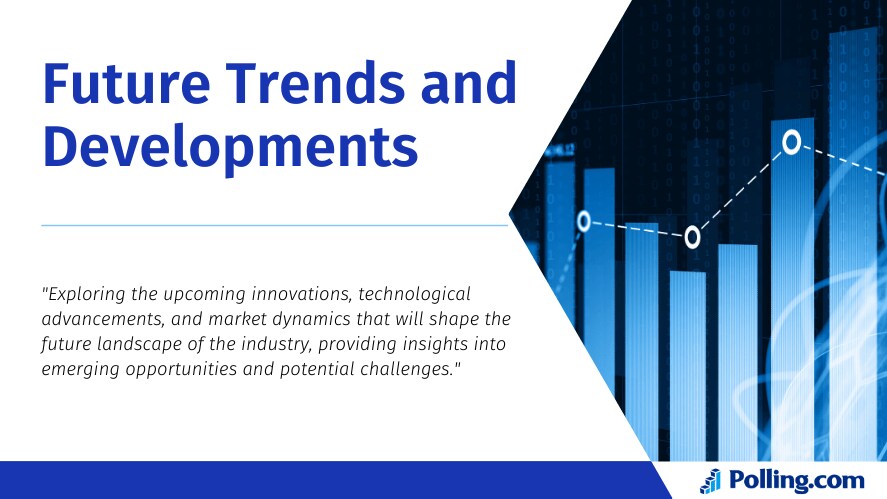
Integration with Advanced AI and Machine Learning:
- Future systems will use better AI. They will provide deeper insights and more accurate predictions.
Increasing use of wearable technology:
- Wearables will become more common. They will offer real-time health and performance feedback. This will happen in personal and professional contexts.
Expansion into New Industries and Applications:
- Feedback systems will penetrate new sectors. These include agriculture, energy, and public safety.
Predictions for the future impact:
- Real-time feedback tech will keep advancing. It will boost efficiency, productivity, and satisfaction. It will do so in all areas of application.
Conclusion
They are changing how we operate in many sectors. These include education, healthcare, business, and manufacturing. These systems offer significant benefits, including improved performance, enhanced decision-making, and increased satisfaction.
However, They also present challenges. These need to be addressed. They include data privacy concerns and high costs. Technology continues to advance. More advanced AI and wearables will enhance real-time feedback systems. They will make them indispensable tools for the future.
The growing importance of adopting these systems cannot be overstated. Such organizations use real-time feedback. They will be better able to face challenges. They can seize opportunities and stay competitive. The future of real-time feedback tech is promising. It has endless possibilities for innovation and improvement.
